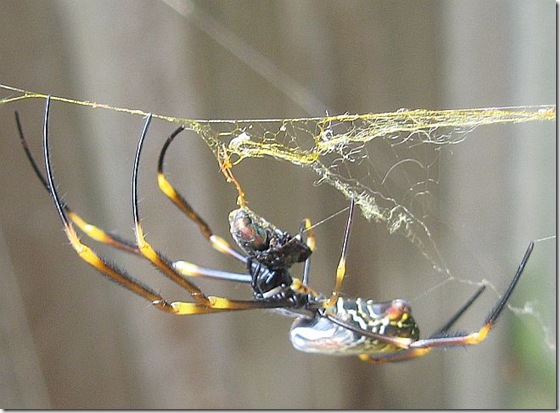* Geosequestration – Just Give Up
A geophysicist talks about how pumping large amounts of CO2 into the ground is often likely to cause sesmic activity, and although it may not be much on the surface, it may be enough to break the resevoir itself. But the most obvious problem is the sheer scale you would need to make a difference:
The other complication, Zoback said, is that for sequestration to make a significant contribution to reducing carbon dioxide emissions, the volume of gas injected into reservoirs annually would have to be almost the same as the amount of fluid now being produced by the oil and gas industry each year. This would likely require thousands of injection sites around the world.
"Think about how many wells and pipelines and how much infrastructure has been developed to exploit oil and gas resources over the last hundred years," he said. "You need something of comparable scale and volume for carbon dioxide sequestration."...
There are two sequestration projects already underway around the world, in Norway and Algeria, and so far they appear to be working as planned. But Zoback said 3400 such projects would be needed worldwide by midcentury to deal with the volume of carbon dioxide that we will be generating. "Finding that many ideal sites around the globe is not impossible, but it is going to be a tremendous challenge," he said.
* Ron Paul – rants ahead
Slate notes that Ron Paul getting a position on a House financial committee is not universally welcomed by libertarians:
* Colbert and the big kids"Republicans stashed him in this job because they don't want him making more important decisions," said Megan McArdle, a prominent libertarian blogger and economics editor of the Atlantic. "He cares passionately about monetary policy, which most Republicans don't care about. But when you look at his speeches, he doesn't understand anything about monetary policy. He might actually understand it less than the average member of Congress. My personal opinion is that he wastes all of his time on the House Financial Services Committee ranting crazily."…
The anti-Paul case consists of one simple argument—he sounds crazy—and one complex argument, which is that he's distracted libertarians and Tea Partiers by focusing their ire on the easily demonized Fed.
This was a pretty interesting, light hearted interview with Eisenhower’s grandson and Nixon’s daughter, who are married. They’ve got a book out about Eisenhower coped with retirement:
| The Colbert Report | Mon - Thurs 11:30pm / 10:30c | |||
| David Eisenhower & Julie Nixon Eisenhower | ||||
| ||||


